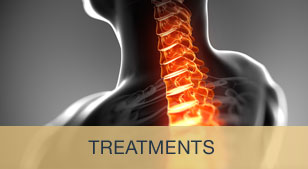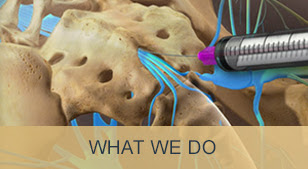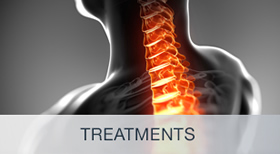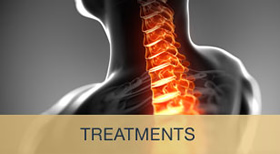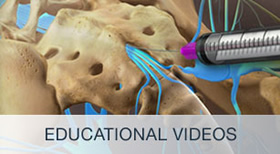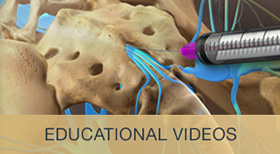RSD/Reflex Sympathetic Dystrophy/
Complex Regional Pain Syndrome
Complex regional pain syndrome, also known as reflex sympathetic dystrophy, is a form of chronic pain that often develops after an injury. The pain experienced is often long-term and intense, and tends to get worse over time instead of getting better. This condition often affects the arms, legs, hands or feet and can spread to nearby areas as it progresses. In addition to pain, patients may also experience swelling, redness and skin sensitivity. The exact cause of complex regional pain syndrome is unknown however it may be linked to emotional stress and the Sympathetic Nervous System. The Sympathetic Nervous System is involved in increasing cardiac function and blood to our muscles in times of exercise, hard work, or severe anxiety. These particular nerves are spread throughout our bodies. The Sympathetic nerves function abnormally and cause extreme sensitivity of peripheral nerves. There are also dramatic changes in the peripheral nerves themselves and the spinal cord. The normal pain pathways become abnormal. Even light touch can cause excruciating pain.
Symptoms
In addition to chronic and severe pain, the symptoms of complex regional pain syndrome may also include:
- Swelling
- Throbbing in the affected area
- Tenderness and sensitivity
- Changes in skin color
- Sweating
- Change in skin texture
- Joint stiffness and swelling
Cause
While the exact cause of complex regional pain syndrome is unknown, one theory suggests that it may be due to problems in the central and peripheral nervous systems. It is also believed to be caused by an inappropriate inflammatory response in the body. People with complex regional pain syndrome, may have pain or an injury that triggers an immune response, which leads to the characteristic inflammatory symptoms of redness, warmth, and swelling in the affected area. Emotional stress may also increase the symptoms.
Diagnosis
Complex regional pain syndrome is often diagnosed by ruling out other medical or underlying conditions. After a full physical examination is performed, the following diagnostic tests may also be administered:
- X-rays
- Bone scan
- MRI scan
- Blood tests
Treatment
There are several treatment options that may be used to relieve symptoms. The goal of most treatments is to reduce swelling and pain. Types of medication may include:
- Analgesics
- Antidepressants
- Corticosteroids
- Opioids
- Ibuprofen
Additional treatment methods may include physical therapy, topical analgesics,spinal cord stimulation and a sympathetic nerve block. Dr Campbell is very experienced with multiple procedures that reduce or eliminate the pain. These include lumbar sympathetic blocks and stellate ganglian blocks. These block the new abnormal nerves and pain pathways. After multiple nerve blocks the pain pathways become normal again.
Myofascial Pain / Trigger Points
Myofascial pain syndrome is a chronic condition in which trigger points (muscle knots) develop in certain muscles, usually ones that have been injured or overused. Myofascial pain typically occurs in the neck and back muscles,trapezuis muscle, scapula and shoulder muscles. Jobs and recreational activities that involve repetitive motions, in which muscles repeatedly contract, are common causes. Trigger points can also be caused by stress and anxiety. Myofascial pain is most common in middle-aged adults, although people of any age may be affected.
Symptoms
Patients with myofascial pain may experience deep, aching muscle pain that worsens over time; muscle and joint stiffness; and difficulty sleeping. These symptoms can significantly affect a person's quality of life, and require medical attention if they do not subside.
Treatment
Effective treatment for myofascial pain usually involves a combination of approaches. Patients may benefit from physical therapy exercises, including stretching and massage, to relieve tension in the affected area. Another possible remedy is trigger-point injections done in Dr. Campbell's office.These injections involve inserting a needle into the affected muscle and injecting local anesthetics and steroids to relieve the tension causing the trigger point. They may need to be repeated and several muscles may be injected at the same time. Anti-inflammatories (NSAID) and heat may relieve symptoms, and help patients to sleep better.
For more information about Common Conditions, or to schedule an appointment, please call 484.468.1480.




